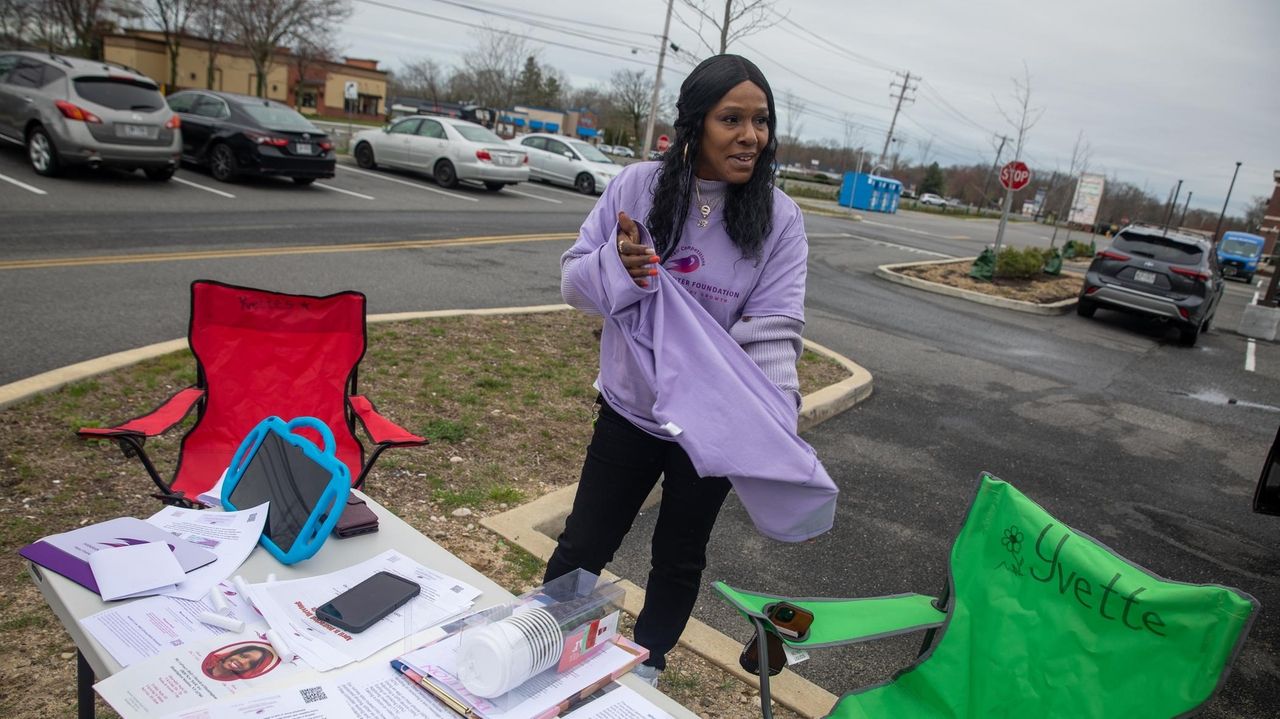Road rage: Long Island mental health experts on safety, de-escalation
Clogged expressways, cars weaving between traffic lanes and blaring car horns can exasperate drivers on Long Island roads.
But sometimes that frustration turns to outright aggression and violence.
After two separate road rage incidents killed two motorcyclists in the region, health and safety experts are reminding drivers how to stay safe and de-escalate situations on the road despite an uptick in stress.
The easiest way to avoid altercations is to drive safely and defensively, said Robert Sinclair, senior public affairs manager at AAA Northeast.
Sinclair said in an interview Saturday that road rage is the "physical manifestation" of aggressive driving and is typically sparked by one incident.
"It might be an innocent incident — you cut somebody off by accident, or you're driving too slowly," Sinclair said. "It sets people off."
Aggressive driving includes speeding, frequent lane changes and reckless behaviors like tailgating, according to the New York State Department of Motor Vehicles.
If another driver gets confrontational, don't engage, Sinclair said.
"Do not make eye contact … don't get into a shouting match, don't exchange gestures," he said.
And if the other driver begins following you, experts say go somewhere crowded and well-lit — like a shopping center parking lot — rather than home.
Many drivers around the country have reported feeling more danger while driving in post-pandemic years. A 2024 survey by Pew Research Center found that 63% of adults see aggressive behaviors as a major problem.
Dr. Joseph Squitieri, division director for adult ambulatory psychiatry at Northwell Zucker Hillside Hospital in Queens, said in an interview that increased stress can lead to confrontations on and off the road.
"With everything going on politically, socially ... everyone is naturally more on edge," he said.
Those stressors can lead to reduced impulse control and tolerance.
"Something that may not have bothered you in the past, like someone cutting you off without signaling, there's more of a chance that you might react," Squitieri said.
Newsday reported in October that aggressive driving played a role in 340 crashes on Long Island in 2023, a 15% spike over 2020, according to the Institute for Traffic Safety Management and Research in Albany.
Being in a car can give drivers a sense of anonymity, Squitieri said.
"If you're at work, there will be a consequence if you react or do something really impulsive or blow up on someone, or at home there could be consequences," he said.
To combat road rage, he suggested deep breaths, accepting what you can and can't control, and not taking things personally.
Road rage incidents don't necessarily mean there's an undiagnosed psychiatric condition, Squitieri said. But drivers who notice a pattern, or abrupt, noticeable changes in behavior, are urged to seek help from a mental health professional.
Every 7 minutes on average a traffic crash causing death, injury or significant property damage happens on Long Island. A Newsday investigation found that traffic crashes killed more than 2,100 people between 2014 and 2023 and seriously injured more than 16,000 people. To search for fatal crashes in your area, click here.







